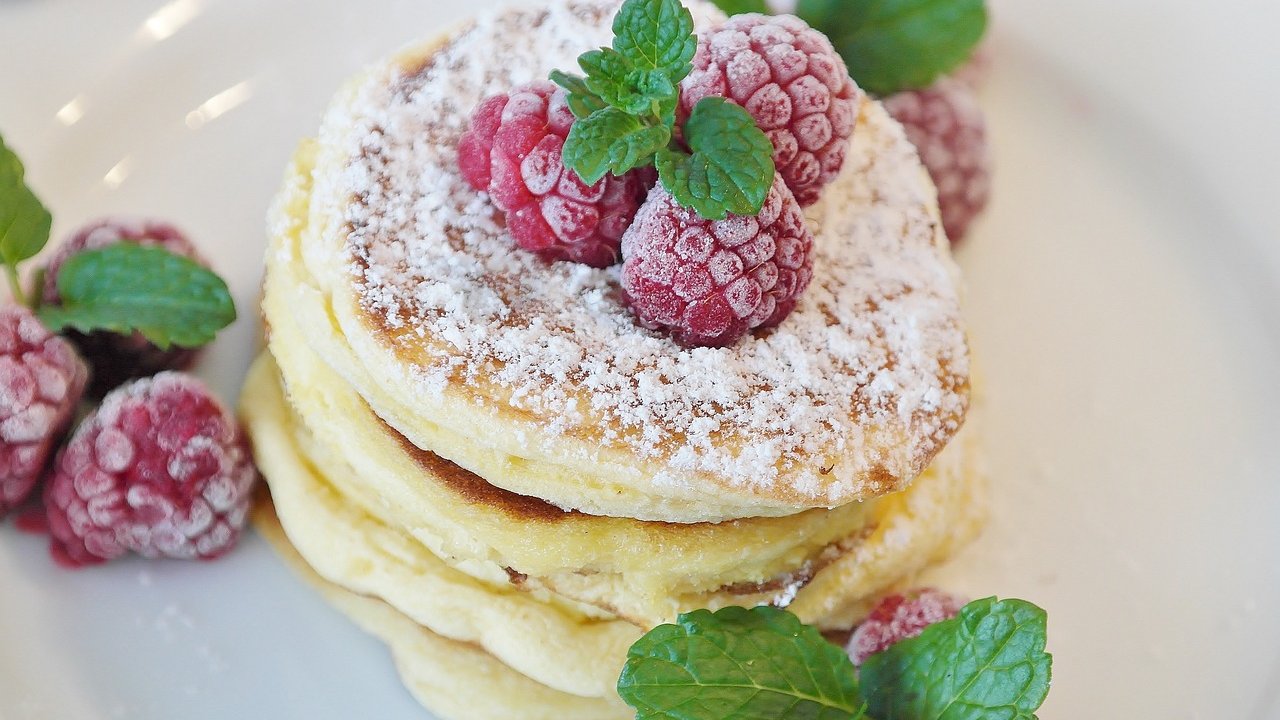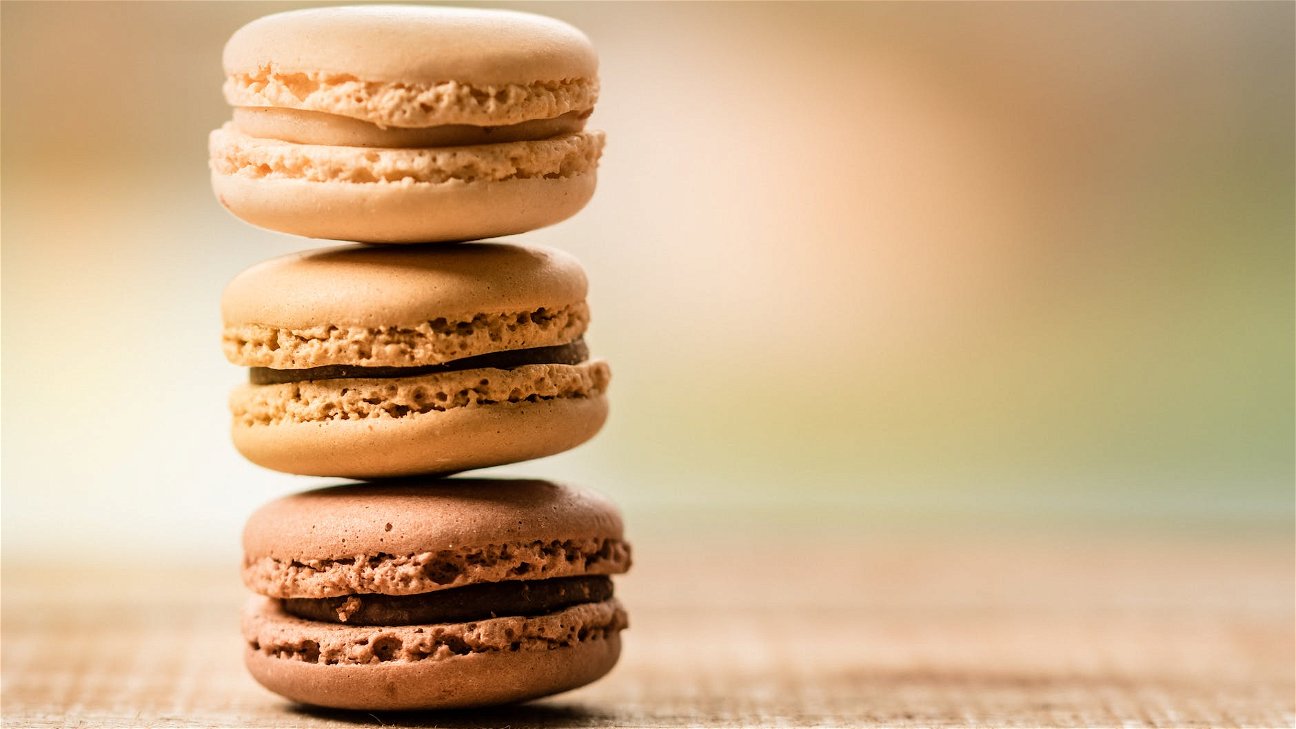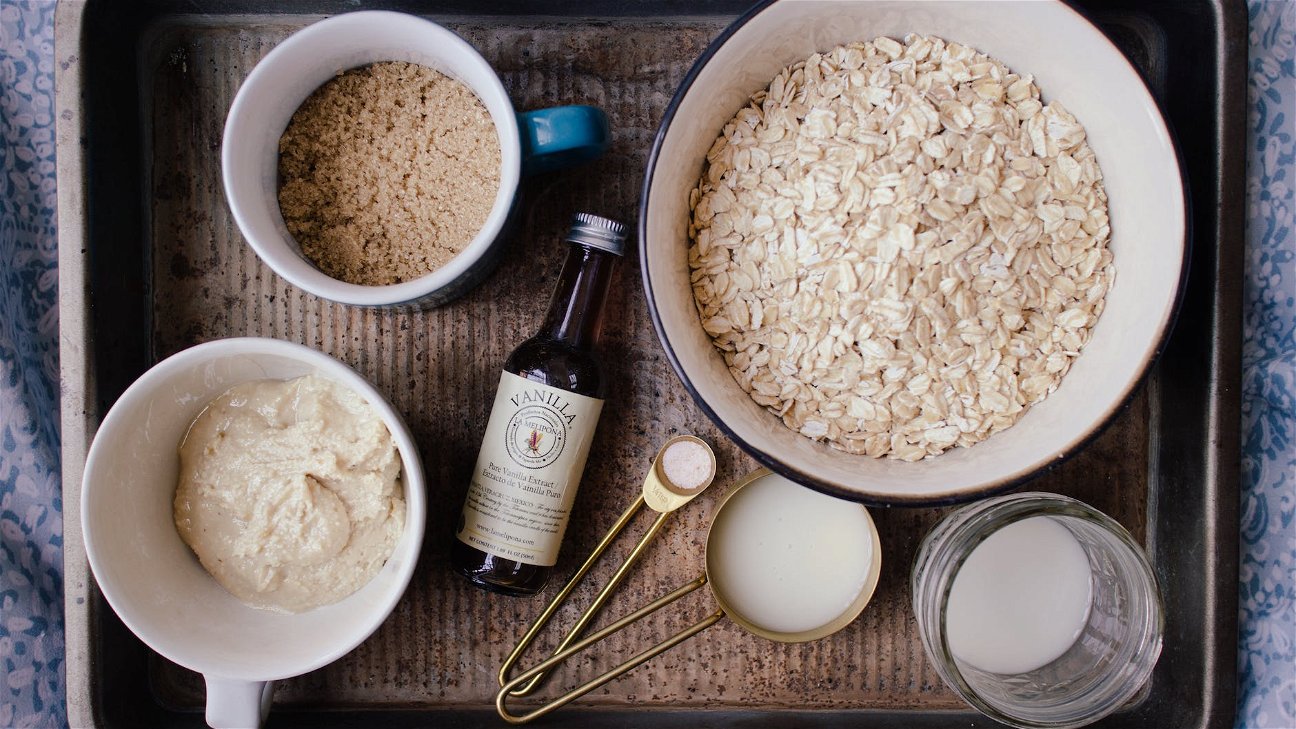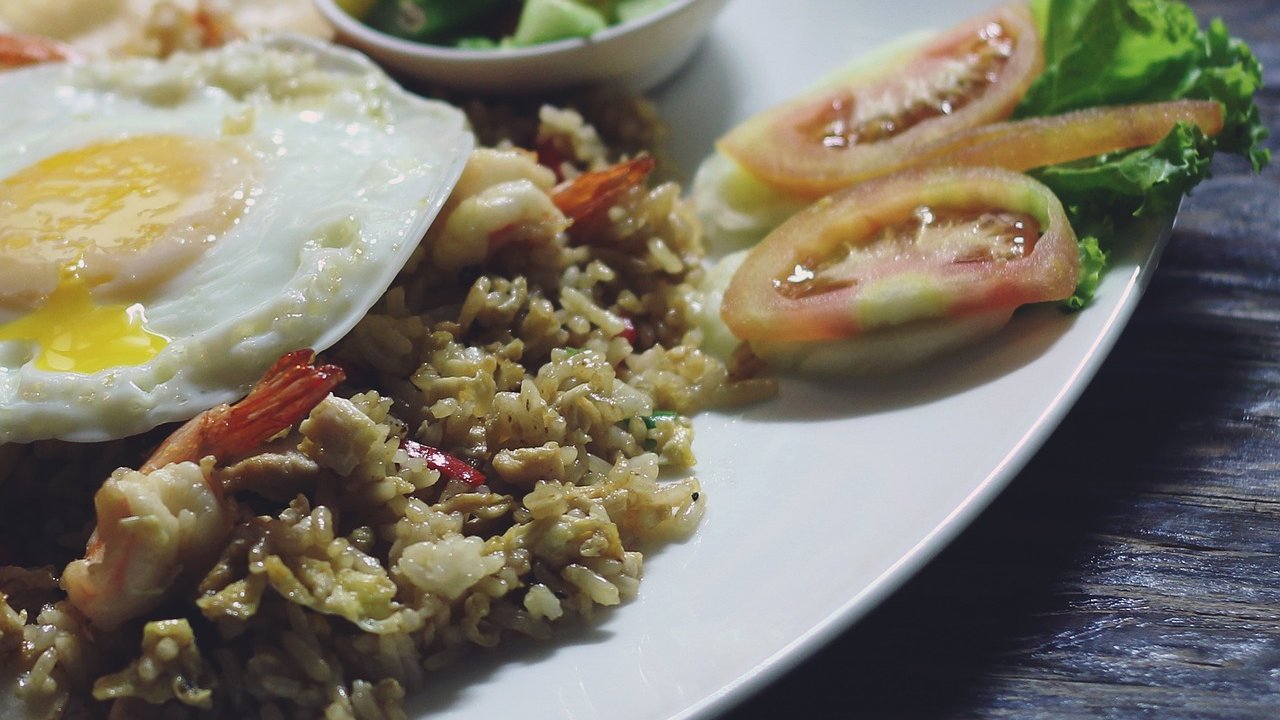
Salt isn't just for savory dishes—it plays a significant role in sweet baking too. The sprinkle of salt in your cookies or cakes can make a world of difference. But why is that? What does salt do in sweet baking, and how much should you use? Let's dive in to find out.
The basics of salt in baking
Salt is a staple in every baker’s pantry. It enhances flavor, controls yeast, and affects the texture of your baked goods.
Flavor Enhancement
Salt interacts with the taste buds to enhance the perception of sweetness in baked goods. It suppresses bitter flavors, allowing the sweet ones to shine through. So, your vanilla cake or chocolate chip cookies taste better with a dash of salt.
Controlling Yeast
In yeast bread, salt controls the fermentation process. Yeast is a living organism, and when it ferments, it produces carbon dioxide that causes your bread to rise. Too much yeast activity can result in a coarse or holey texture. Salt slows down this process, resulting in a finer crumb.
Texture Impact
Salt can also impact texture by strengthening the gluten network in dough. This leads to a chewier texture in items like pretzels and bagels.
How much salt to use in baking
There's no one-size-fits-all answer to how much salt you should use in your baking. It depends on the recipe and your personal taste. However, a general rule of thumb is that for every 500 grams of flour, you'll need about 1 teaspoon of salt.
Using different types of salt in baking
There are various types of salt you can use in your baking, each bringing a unique flavor and texture to your sweet treats.
-
Table Salt: This is the most common type of salt used in baking. It's fine-grained and dissolves quickly, making it ideal for recipes where you want the salt to blend in seamlessly.
-
Sea Salt: Sea salt has larger, irregular grains and a briny flavor. It's a great choice for topping cookies or scones before baking for a burst of flavor and texture.
-
Kosher Salt: Kosher salt has large, flaky grains and a pure, mild flavor. It's a good option for recipes where you want a bit of crunch.
-
Pink Himalayan Salt: This salt has a slightly mineral flavor and an attractive pink color. It's perfect as a finishing touch on chocolate desserts.
Consequences of skipping salt in sweet baking
Skipping salt in your sweet baking can lead to flat, uninspiring flavors. Sweetness needs balance, and without the contrast that salt provides, your baked goods may taste overly sweet or one-dimensional.
In yeast bread, leaving out the salt will result in overly active yeast, leading to coarse, uneven texture. For cookies, cakes, and pastries, missing salt can mean missing out on a rich, complex flavor profile.
In conclusion: the magic of salt in sweet baking
Salt, in sweet baking, is more than just an optional addition—it’s a magic ingredient. It enhances flavors, controls the rise of bread, impacts texture, and balances sweetness. So, the next time you're whipping up a batch of cookies, don't forget that pinch of salt.











